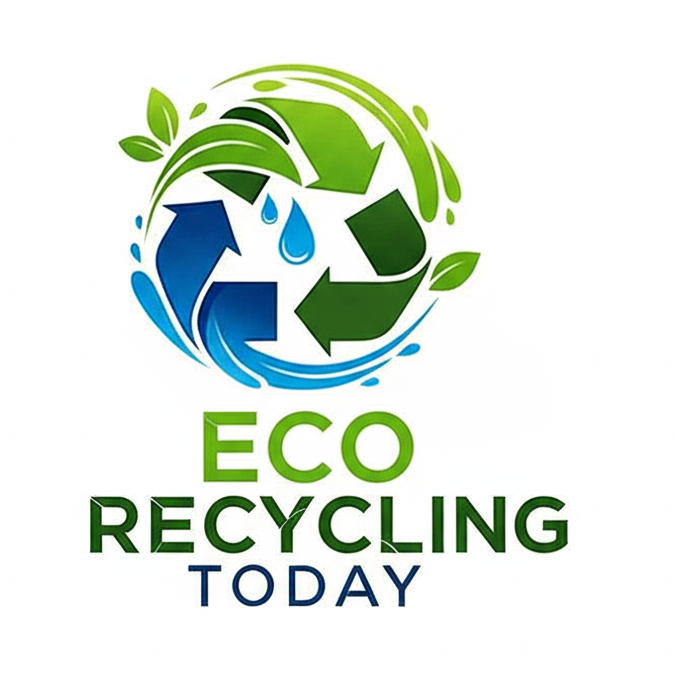Farming generates more than crops—it also produces tons of agricultural waste like straw, husks, shells, and stalks. Traditionally, this waste has been burned or dumped, causing pollution and adding no value. But with modern technology, you can turn agricultural waste into biomass pellets, creating a renewable energy source and a new income stream.
In this guide, we’ll walk through the benefits, process, and machinery involved in agricultural waste pellet production, and how it can help farmers, agri-businesses, and rural entrepreneurs turn waste into wealth.

What Are Agricultural Waste Pellets?
Agricultural waste pellets are small, dense cylinders made from crop residues and plant byproducts. These pellets are used as biofuel for heating systems, power generation, and even animal bedding.
Common raw materials include:
- Wheat or rice straw
- Corn stalks and cobs
- Peanut shells
- Cotton stalks
- Sugarcane bagasse
- Palm fiber or husk
These materials are typically abundant and underutilized, making them ideal for low-cost, sustainable pellet production.
Why to Produce Pellets from Agricultural Waste
1. Eco-Friendly Energy Source
Pellets burn cleaner than coal or firewood and help reduce carbon emissions. They’re a form of renewable biomass energy.
2. Cost-Effective Fuel Alternative
Pellets provide consistent energy output and can be used in household stoves, boilers, and industrial furnaces—at a lower cost than traditional fuels.
3. Reduce Waste Disposal Issues
Converting farm waste into pellets prevents harmful burning and dumping, promoting better waste management and soil health.
4. Create Additional Revenue
Sell pellets to local households, green energy companies, or export markets. Governments in many countries offer incentives or subsidies for biomass fuel production.
The Agricultural Waste Pellet Production Process
Here’s how agricultural waste becomes energy-rich pellets:
Step 1: Collect and Sort Raw Materials
Gather agricultural residues and remove contaminants like stones, plastics, or metal.
Step 2: Crushing
Materials are crushed into a fine powder to ensure uniform pellet quality.
Step 3: Drying
Moisture content is reduced to around 10-15%, ideal for pelletizing.
Step 4: Pelletizing
Using a pellet machine, the dried material is compressed into cylindrical pellets under high pressure.
Step 5: Cooling and Packaging
Pellets are cooled and packed in bags for storage, sale, or transport.
Choosing the Right Pellet Machine
You’ll need a biomass pellet machine designed for fibrous agricultural materials. Look for:
- Flat Die Pellet Mill: Best for small farms and startups.
- Ring Die Pellet Mill: Suitable for commercial-scale production.
- Power Options: Electric, diesel, or PTO-driven models available.
- Capacity: Machines range from 300 kg/h to several tons/hour.
Use a pellet mill with anti-binder design for hard-to-process materials like straw or husks.
Market Opportunities for Agri-Waste Pellets
Global demand for biomass energy is rising, driven by renewable energy goals, heating needs, and carbon reduction targets. Key markets include:
- Rural heating in cold climates
- Biomass power plants
- Animal bedding suppliers
- Organic fertilizer blends
- Export to Europe, South Korea, and Japan
With the right setup, agricultural waste pellet production can be both eco-conscious and profitable.
Agricultural waste doesn’t have to be a burden—it can be a valuable resource. With a relatively low investment in pellet production equipment and a reliable supply of crop residues, farmers and agri-entrepreneurs can create a sustainable fuel solution and generate new income from existing resources.
